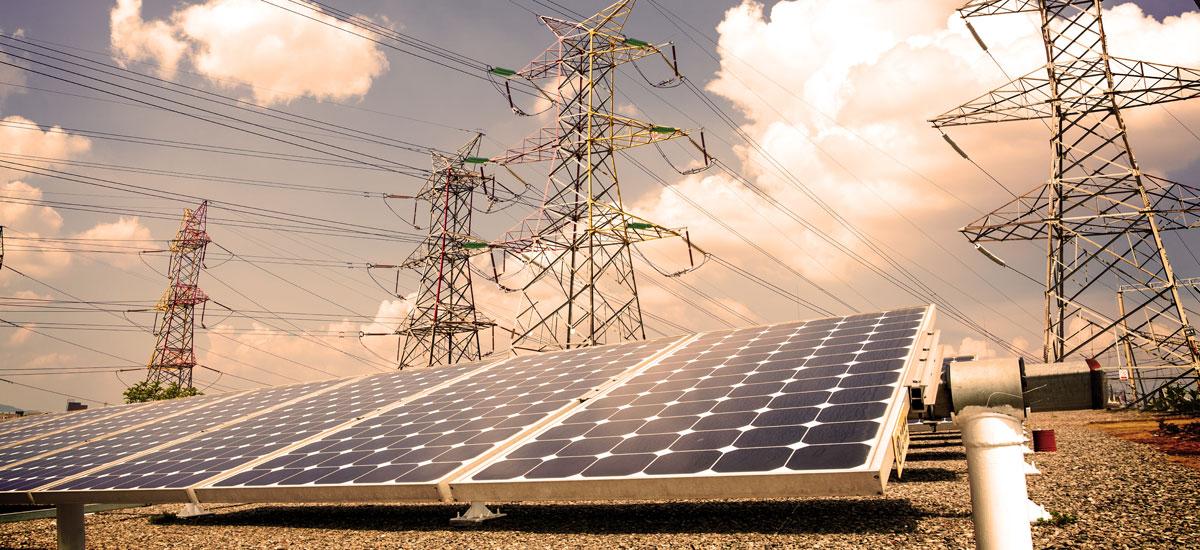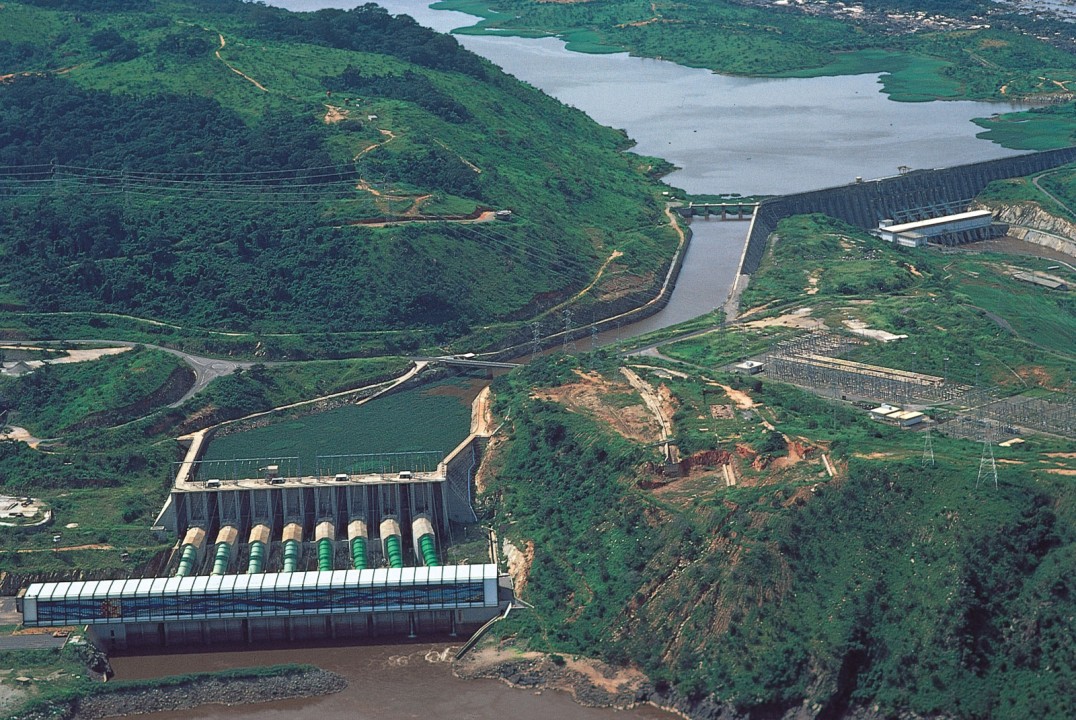Kenya needs to move faster to attract and deploy renewable energy investment not as an optional green PR play but as a core economic strategy. Rising electricity demand, abundant geothermal and solar potential, falling technology costs, and national climate commitments make rapid scaling both fiscally sensible and politically urgent.
Recent data show peak demand and total generation climbing steadily. Government roadmaps and international financiers are ready to support grid upgrades and independent power producers (IPPs), but policy and financing gaps risk slowing the transition.
Why this matters now
Kenya’s electricity system is experiencing surging demand. In the past year alone, power consumption hit record peaks, reflecting industrial growth, digitalization, and rising household connections. Meeting this new demand sustainably requires new capacity and renewables are the obvious path forward.
Kenya already leads Africa in renewable generation. Over 80 percent of its electricity comes from clean sources, particularly geothermal, hydro, wind, and solar. Yet, expanding this base is critical to reduce fossil fuel imports, create green jobs, and maintain affordable, reliable power.
Four reasons Kenya must accelerate investment
1) Energy security and predictable costs
Renewables like geothermal, solar, and wind provide predictable long-term costs compared with volatile fossil fuels. Kenya’s Rift Valley holds one of the world’s richest geothermal resources, capable of supplying thousands of megawatts of clean, baseload power.
Expanding renewable capacity will shield Kenya from global oil price shocks and currency fluctuations. Every dollar invested in renewable energy today reduces future import bills and strengthens Kenya’s energy independence.
2) Rapidly growing demand needs new capacity now
Electricity demand is growing faster than supply additions. If Kenya delays new projects, it risks energy shortfalls that could push industries to rely on costly diesel generators or force emergency power imports.
Investing early in clean capacity, especially solar farms, geothermal plants, and hybrid mini-grids will keep pace with urbanization, manufacturing, and the electrification of transport. Each delay in project approvals or grid expansion increases costs down the line.
3) Jobs, industrialisation, and local value chains
A green energy build-out is not just an environmental goal; it’s an employment engine. Every large-scale solar or wind project creates hundreds of construction jobs and stimulates demand for local materials like cables, metal structures, and transport.
Beyond short-term work, renewables also spur long-term industrialisation. Local assembly of solar panels, inverters, and turbines can become new manufacturing frontiers. By linking renewable projects to skills training and local supply chains, Kenya can position itself as East Africa’s clean-energy hub.
4) Climate obligations and investor appetite
Kenya has made ambitious climate commitments under its updated Nationally Determined Contributions (NDCs). The good news: global investors are keen to finance clean projects in countries with credible frameworks.
Institutions such as the World Bank, Africa50, and the African Development Bank have dedicated funds for green infrastructure but they demand clarity. Investors need predictable tariffs, bankable power purchase agreements, and efficient permitting.
Fast-tracking projects that meet these standards will attract billions in concessional and private capital, lowering Kenya’s long-term electricity costs.
What’s blocking faster investment
- Grid bottlenecks: Limited transmission capacity prevents new power plants from evacuating electricity efficiently. Some regions remain under-connected to the main grid.
- Financing gaps and perceived risk: Many local developers struggle to access long-term financing. Political and regulatory uncertainty raises investor risk premiums.
- Permitting and land issues: Lengthy approvals, land disputes, and unclear benefit-sharing frameworks often delay or derail renewable projects.
These barriers are solvable, but they require political will and institutional coordination.
What government and investors should do next
- Prioritise grid upgrades and transmission corridors.
Expand and modernize high-voltage lines to unlock geothermal, solar, and wind clusters across Turkana, Nakuru, and Kajiado.
- Streamline procurement and approvals.
Standardize power-purchase contracts, simplify environmental licensing, and establish predictable service timelines for developers.
- De-risk projects through blended finance.
Use concessional funds and partial-risk guarantees to attract private capital and lower the cost of borrowing for renewable developers.
- Promote local content and training.
Tie project tenders to vocational programs that prepare local technicians, engineers, and entrepreneurs for renewable energy jobs.
- Adopt technology-neutral capacity auctions.
Competitive auctions let the market identify the most efficient, cost-effective solutions without political interference.
- Support decentralized energy solutions.
Mini-grids, rooftop solar, and battery storage can complement the national grid and provide affordable power to remote communities.
Why acting now pays off
Fast-tracking renewable investment offers Kenya more than green credentials. It ensures long-term energy security, stabilizes electricity prices, creates employment, and enhances industrial competitiveness.
Globally, capital is flowing away from fossil fuels toward renewables. Every year of hesitation increases Kenya’s financing costs and risks missing out on billions of dollars in concessional funding.
Kenya has a historic opportunity to become a renewable powerhouse combining geothermal baseload, solar flexibility, and wind diversity to create a resilient, affordable energy system. The foundation is already in place. What’s missing is speed and coordination.
Also read: How Geothermal Energy in Kenya is Powering Africa’s Clean Energy Future
FAQ
Q: How much of Kenya’s electricity comes from renewables today?
A: Over 80 percent of Kenya’s electricity is generated from renewable sources mainly geothermal, hydro, wind, and solar making it one of the cleanest grids in the developing world.
Q: Will investing in renewables raise electricity prices?
A: In the short term, building new projects requires capital, but in the long term, renewables reduce overall costs. Geothermal and solar power have zero fuel expenses, stabilizing tariffs and insulating consumers from oil price volatility.
Q: What role can private investors play?
A: Private developers bring in financing, expertise, and efficiency. The government should focus on creating a transparent, predictable regulatory framework and provide risk guarantees to attract more private capital.
Q: How quickly can Kenya add new renewable capacity?
A: With streamlined approvals and targeted grid investment, solar and wind projects can come online within 18 to 36 months. Geothermal plants take longer but provide reliable baseload power once completed.



